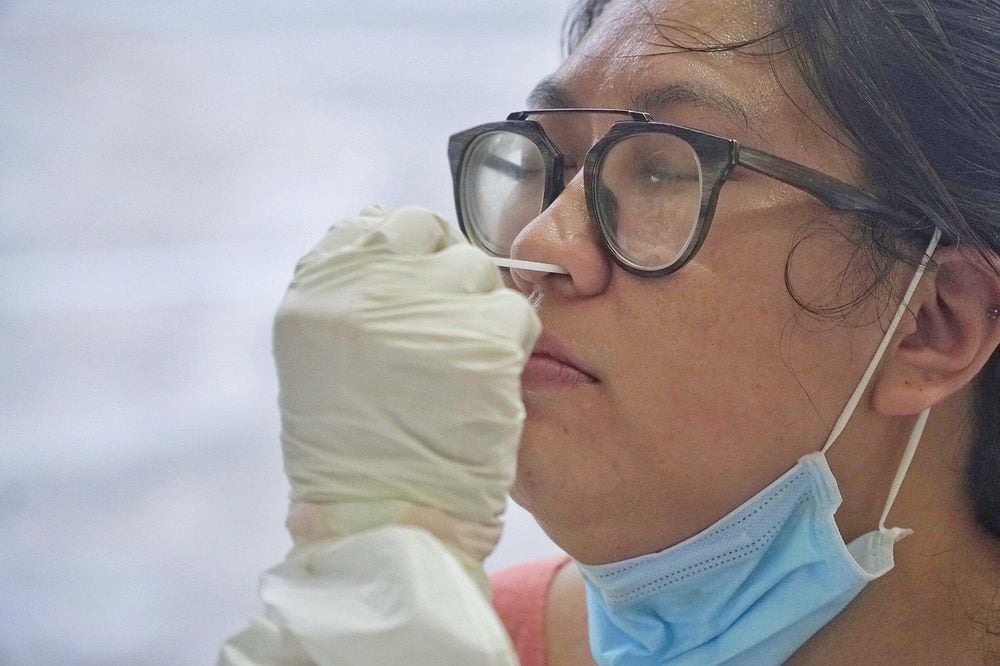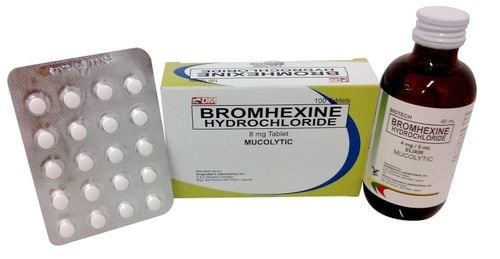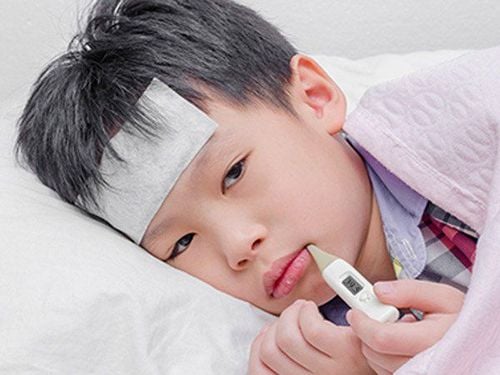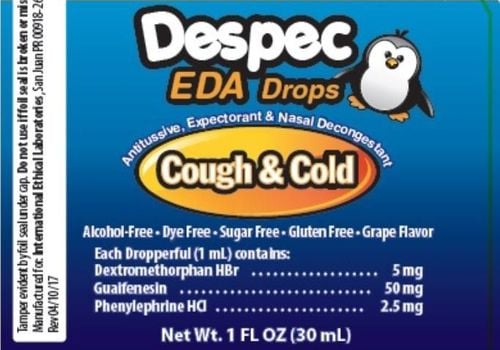This is an automatically translated article.
Article written by Doctor Nguyen Thi Thuy Hang- Doctor of Microbiology- Laboratory Department - Vinmec Times City International Hospital
Influenza is an acute respiratory infection caused by the influenza virus (Influenza virus). In Vietnam, the most common influenza viruses are influenza A/H3N2, A/H1N1 and influenza B. The disease occurs every year, usually in winter and spring. The disease is transmitted directly from an infected person to a healthy person through droplets when talking, coughing, and sneezing.
1. Influenza
Progressive flu is usually benign, but can also be more serious and dangerous in people with chronic cardiovascular and respiratory diseases, immunocompromised people, the elderly (> 65 years old), children (< 5 years old) and pregnant women. Early diagnosis of influenza can reduce the inappropriate use of antibiotics and the choice of antiviral therapy. However, some other infectious agents can cause signs and symptoms similar to influenza, which need to be differentially diagnosed, such as Mycoplasma pneumoniae, adenovirus, respiratory syncytial virus, rhinovirus, parainfluenza virus, and parainfluenza virus. Legionella spp. In addition, bacterial co-infection can occur as a complication of influenza. Therefore, epidemiological information on influenza virus prevalence and diagnostic testing can assist in making treatment decisions.

2. Microbiological test in the diagnosis of influenza
Diagnostic tests for influenza include rapid antigen testing, reverse transcriptase polymerase chain reaction (RT-PCR), serology. The sensitivity and specificity of diagnostic tests for influenza can vary depending on the type of biological product and the test technique used. In addition, sensitivity and specificity are highly dependent on the time from disease onset to specimen collection and on the type of specimen being tested. However, like all diagnostic tests, test results must be evaluated by the clinician along with other clinical and epidemiological information.
Preferred respiratory specimens for influenza testing include nasopharyngeal fluid (aspirate, wash, swab) or nasal swab, rinse or aspirate, or depending on the type of testing technique used . In addition, depending on the stage of the disease (usually after 3-4 days from the onset or in the case of severe patients, mechanical ventilation...) some types of specimens are also indicated for influenza testing such as sputum. throat, bronchoalveolar lavage, endotracheal fluid, and sputum are also indicated for influenza testing.
To maximize detection of influenza virus, respiratory specimens should be collected as close to onset of illness as possible (ideally <3-4 days after onset; molecular biology (PCR) testing ) can detect influenza virus RNA in respiratory specimens for a longer period of time after illness onset than assays for detection of antigens). For hospitalized patients with lower respiratory tract infections and suspected influenza, lower respiratory tract specimens should be obtained and tested for influenza virus by RT-PCR because influenza viruses develop in the respiratory tract. lower for a longer time than in the upper respiratory tract. If the patient is on invasive ventilation and has a negative influenza test on upper respiratory tract specimens, lower respiratory tract specimens (endotracheal aspirate, bronchoalveolar lavage) should be collected for PCR.

To maximize detection of influenza virus, respiratory specimens should be collected as close to onset of illness as possible (ideally <3-4 days after onset; molecular biology (PCR) testing ) can detect influenza virus RNA in respiratory specimens for a longer period of time after illness onset than assays for detection of antigens). For hospitalized patients with lower respiratory tract infections and suspected influenza, lower respiratory tract specimens should be obtained and tested for influenza virus by RT-PCR because influenza viruses develop in the respiratory tract. lower for a longer time than in the upper respiratory tract. If the patient is on invasive ventilation and has a negative influenza test on upper respiratory tract specimens, lower respiratory tract specimens (endotracheal aspirate, bronchoalveolar lavage) should be collected for PCR.
Please dial HOTLINE for more information or register for an appointment HERE. Download MyVinmec app to make appointments faster and to manage your bookings easily.














